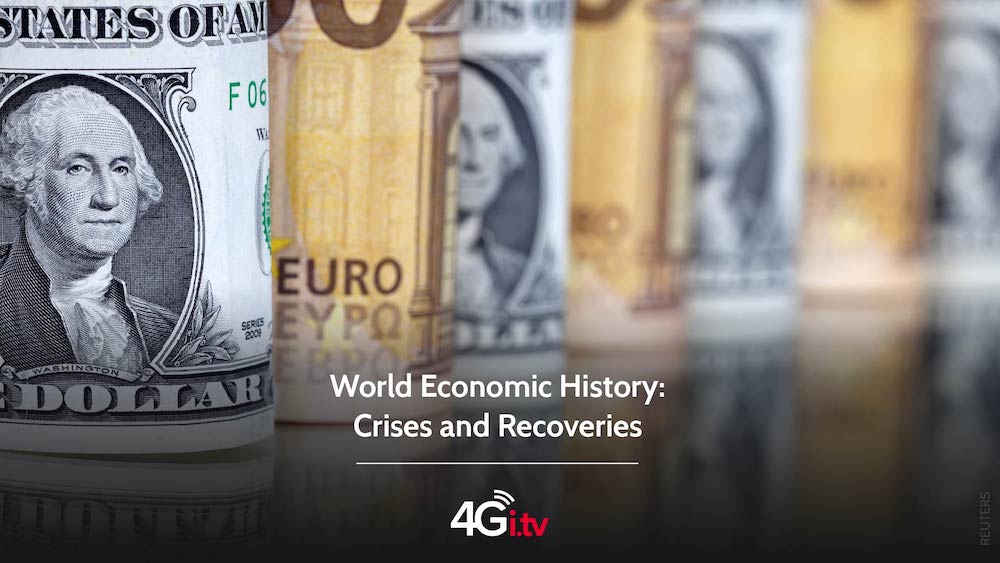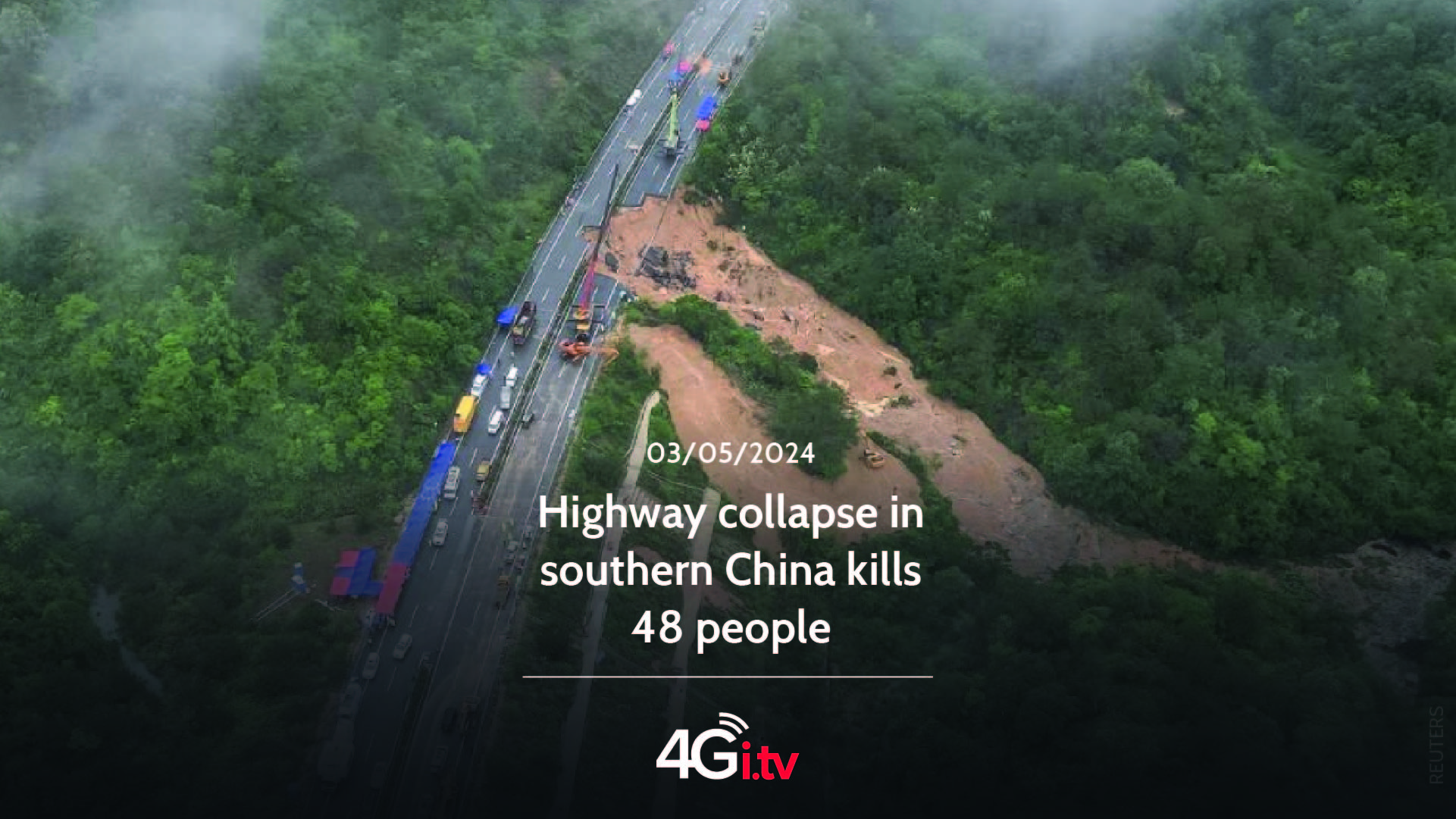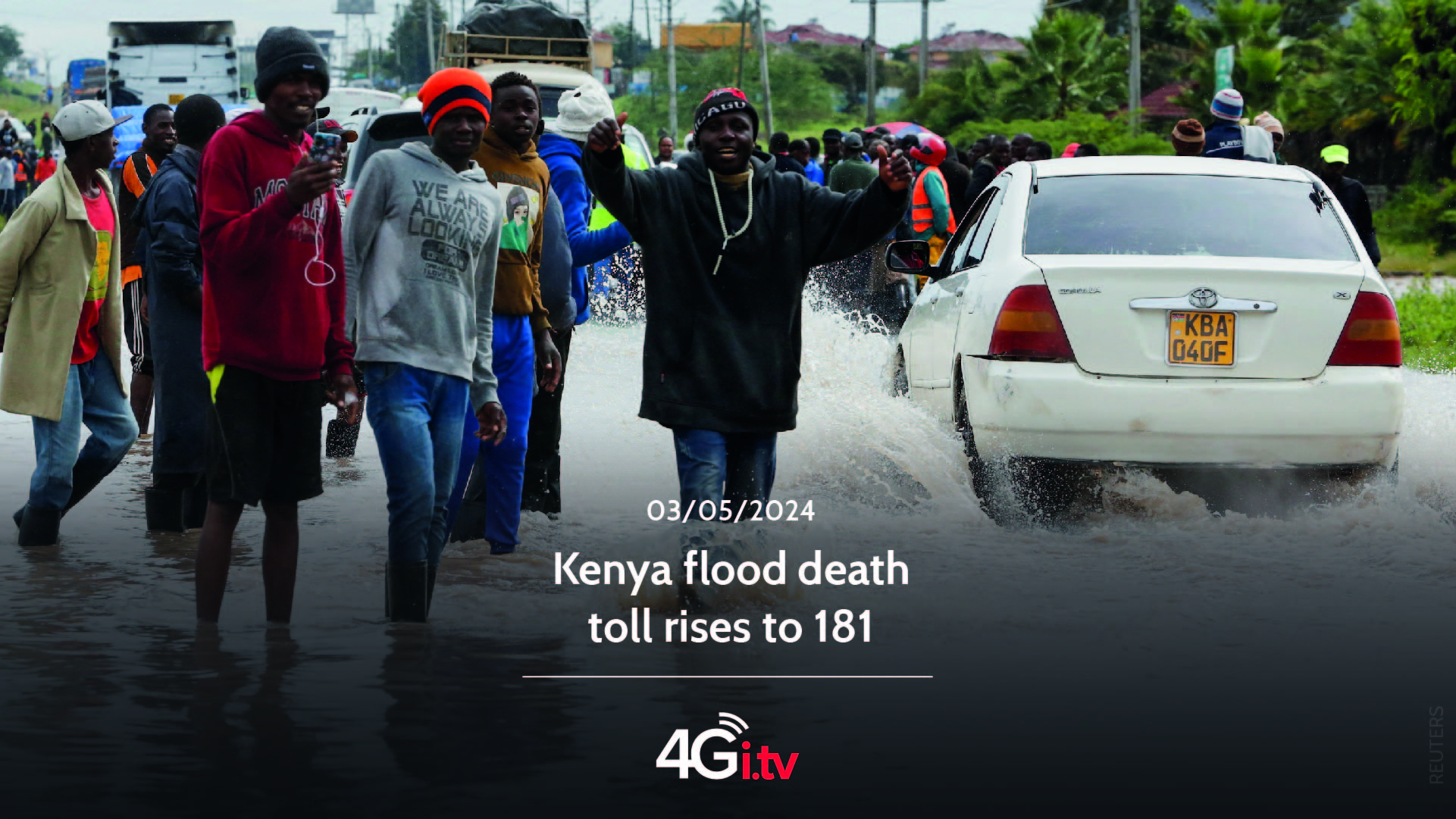History of the World Economy: Crises and Recoveries

The global economy is a complex web of interactions, fluctuations and evolutions that has developed over centuries. In this article we will explore the fundamental concepts of the global economy and delve into the great economic crises that have marked history before the 20th century. These crises not only affected the economy, but also had a significant impact on the society and politics of their respective times.
Fundamental Concepts of the Global Economy
To understand the history of the world economy, it is essential to become familiar with some fundamental concepts. The global economy refers to the interconnection of the economies of different countries, where production, trade and finance are key elements. Supply and demand, as well as price theory, play a vital role in determining how resources are allocated and income generated globally.
Furthermore, the global economy is characterized by competition, innovation and access to international markets. Economic policies, such as free trade and financial regulations, also have a direct impact on the global economy.
Great Economic Crises before the 20th Century
Economic crises are episodes that have marked the history of the world economy. These crises have often been triggered by a combination of factors, including wars, natural disasters, speculative bubbles, and technological changes. Next, we will analyze two important economic crises before the 20th century.
The Crisis of the Middle Ages and the First Economic Systems
During the Middle Ages, Europe experienced a series of economic crises that influenced the economic and social structure of the time. One of the most notable challenges was the Black Death, which devastated the continent in the 14th century and caused a significant decline in population. This demographic crisis resulted in a labor shortage and changes in the organization of production, such as the rise of guilds.
Another important factor in the medieval economy was the feudal system, which was based on serfdom and agriculture. Economic and social relations were closely linked, which made social and economic mobility difficult. Despite these crises, there was a slow process of recovery and a transformation of economic structures towards the Renaissance and the Modern Age.
The Industrial Revolutions and their Impacts
The Industrial Revolution, which began in Great Britain at the end of the 18th century, marked a turning point in the history of the world economy. The mechanization of production, the development of the textile industry and the expansion of the railway network radically transformed the economy and society. However, this process also led to significant challenges, such as labor exploitation and economic inequality.
Despite initial challenges, the Industrial Revolution paved the way for global economic development. Business opportunities expanded, urbanization grew at a rapid pace, and new forms of business organization emerged. The world economy became more complex and globalized, laying the foundation for the modern world.
The Great Depression of 1929: A Turning Point
The Great Depression of 1929 not only brought economic challenges, but also had a profound impact on people’s psychology and trust in financial institutions. The massive loss of savings, jobs and homes left scars on collective memory, generating greater caution in future generations regarding their financial decisions and a growing demand for transparency and accountability from financial and government institutions. This loss of confidence in markets and institutions also influenced the formation of government policies, encouraging the adoption of stricter financial regulations and measures to avoid the repetition of an economic catastrophe of such magnitude. The lesson of the Great Depression underscores the importance of learning from past mistakes and seeking a balance between economic innovation and financial stability.
Global Causes and Consequences of Depression
The Great Depression of 1929 had its roots in a series of economic, financial and political factors. The collapse of the Wall Street stock market in October 1929 was the event that marked the beginning of the crisis. The underlying causes included excessive stock market speculation, economic inequalities, a lack of effective financial regulation, and a drop in demand for goods and services.
The consequences of this crisis were felt throughout the world. Unemployment skyrocketed, banks failed, and industrial production fell sharply. Nations were affected by the decline in international trade and political tensions intensified. The Great Depression exacerbated economic inequality and caused global suffering.
Recovery Measures and Lessons Learned
To deal with the Great Depression, governments and economists around the world took a series of measures. One of the most notable responses was the New Deal in the United States, a set of programs and reforms promoted by President Franklin D. Roosevelt. These programs were aimed at stimulating the economy, providing employment and regulating the financial system.
At the international level, the creation of the International Monetary Fund (IMF) and the World Bank after World War II was a response to the need to prevent future economic crises. These institutions played a critical role in stabilizing the global economy and promoting sustainable economic growth.
The Great Depression left important lessons in its wake. The need for effective financial regulation, the importance of economic stability and the government’s ability to respond in times of crisis were highlighted as key priorities. These lessons continue to influence economic and financial policies around the world and serve as a reminder of the importance of constant vigilance and adaptability in an ever-changing economic environment.
Post-World War II Economic Crises
After World War II, the world experienced a series of economic crises and challenges that left an indelible mark on economic history. The post-war period was characterized by the need for reconstruction and recovery, and the Post-War Economic Miracle was a beacon of hope amidst the devastation.
This phenomenon not only highlighted the ability of nations to rebuild, but also the importance of international cooperation and investment in infrastructure and economic development. The Wellbeing Model that emerged from this era, with its focus on social well-being, set a new standard for the balance between economic growth and the well-being of the population, a model that many nations continue to seek to replicate today.
The Postwar Economic Miracle and the Welfare Model
After the devastating conflict of World War II, Europe was in a state of economic and social ruin. However, a surprising economic renaissance occurred known as the “Postwar Economic Miracle.” This period of rapid economic growth, which spanned mainly through the 1950s, transformed postwar Europe into a global economic power.
The Economic Miracle was characterized by the reconstruction of infrastructure, investment in industry and the expansion of international trade. In addition, the Welfare Model emerged, which emphasized the importance of guaranteeing a wide range of social services, such as health care, education and social security, for the well-being of the population. This model not only improved the quality of life of European citizens, but also became a reference for many nations.
Oil Shocks and Their Long-Term Effects
However, as the 1970s progressed, the global economy faced a number of significant challenges in the form of oil shocks. These events, marked by abrupt increases in oil prices due to the 1973 oil crisis and the Islamic Revolution of Iran in 1979, had a substantial impact on the global economy.
The oil shocks caused significant inflation and triggered recessions in many developed economies. Furthermore, they exposed the vulnerability of highly oil-dependent nations and generated renewed awareness about the importance of energy diversification and energy efficiency. The long-term effects of these oil shocks continue to reverberate through the global economy, influencing energy policies, economic security and current geopolitics.
The Era of Globalization and Financial Crises
The era of globalization, which developed throughout the 20th century and early 21st century, brought with it greater interconnection between economies around the world. In this section, we will explore two of the most prominent financial crises that marked this era: the Southeast Asian Crisis in 1997 and the Global Financial Crisis of 2008. These events not only had an impact on local economies, but also resonated globally. global, highlighting the vulnerability of an interconnected world.
The Southeast Asian Crisis of 1997
The Southeast Asian Crisis, also known as the Asian Financial Crisis, broke out in 1997 and affected countries such as Thailand, Indonesia, South Korea, Malaysia and the Philippines, among others. This crisis was triggered by a number of factors, including overinvestment in infrastructure projects, real estate speculation, and excessive exposure to foreign currency loans. As the crisis spread, there was massive capital flight and a depreciation of local currencies.
The crisis had devastating effects on the region, causing the bankruptcy of companies, the fall of stock markets and the increase in unemployment. The resulting economic recession affected the general population and raised questions about the management of finances and the regulation of the financial sector in the globalized world.
The Global Financial Crisis of 2008: Causes, Development and Consequences
The Global Financial Crisis of 2008 was a truly global event that had its roots in the United States, but spread throughout the world. This crisis originated from the collapse of the real estate market and the mortgage bubble, caused in part by risky lending practices and lack of effective regulation. As financial institutions collapsed and a crisis of confidence ensued, the global economy teetered on the brink.
The consequences of the crisis were felt around the world, with recessions, bank failures, unemployment and a general deterioration in confidence in financial markets. Governments and central banks had to intervene with massive rescue measures to prevent an even greater economic catastrophe.
These two events, the Southeast Asian Crisis in 1997 and the Global Financial Crisis of 2008, illustrate the challenges and fragility of a globalized world, where actions in one corner of the world can have a profound impact on the global economy. These crises also underscore the importance of financial regulation, risk management and international cooperation in an increasingly interconnected world.
Economic Crises of the 21st Century and Pandemics
In the 21st century, economic crises and global pandemics have become interconnected challenges that have profoundly altered the economy and society. The COVID-19 pandemic, in particular, highlighted the need to comprehensively address public health and the economy, and how these two spheres influence each other. The response to these crises requires global coordination and policies that not only promote economic recovery, but also strengthen the resilience of societies and health systems to face future challenges.
Furthermore, technological advancement and automation, which have accelerated in the context of the pandemic, are redefining the nature of work and raising fundamental questions about workforce training and job creation in an increasingly digitalized world. Understanding and addressing these issues has become essential to successfully navigate the 21st century.
Economic Impact of Global Health Crises
Global health crises, such as the COVID-19 pandemic, have proven to be major economic events. Disrupted supply chains, decreased demand and lockdown measures had an immediate impact on the global economy.
Business closures, rising unemployment, and the need for emergency responses from governments have become common features of health crises. Furthermore, these situations have highlighted the importance of investment in medical research and strong health systems, as well as the need to rethink economic resilience in an interconnected world.
Technological Change, Automation and the Future of Employment
Technological advancement and automation are rapidly transforming the global economy. Innovations in artificial intelligence, robotics and disruptive technologies raise fundamental questions about the future of employment and the nature of work. While these technologies have the potential to increase efficiency and economic growth, they also raise concerns about the automation of traditional jobs and the need to adapt and reskill the workforce.
Exploring these trends is essential to understanding how economies are transforming in the 21st century and how we must prepare for the challenges and opportunities that arise in this constantly evolving environment.
Economic Recovery Strategies
Economic recovery strategies represent an essential component in economic crisis management and are often accompanied by a continued commitment to innovation and adaptation. The ability of governments and economic leaders to adjust these strategies based on changing circumstances is crucial. Furthermore, collaboration between nations has become essential, as economic crises and pandemics can transcend borders, underscoring the importance of international cooperation and coordination in the search for effective solutions. The history of economic crises and their recovery provides valuable lessons for addressing current and future challenges in an increasingly interconnected world.
Monetary and Fiscal Policies in the Face of Crises
In times of economic crises, monetary and fiscal policies become critical tools to stabilize economies. Monetary policies, such as lowering interest rates by central banks, provide liquidity to the financial system and encourage spending and investment.
On the other hand, fiscal policies, such as increasing public spending on infrastructure projects, not only generate employment but also stimulate demand and economic growth. Together, these policies are essential to counteract the negative impact of crises, providing a solid framework for recovery and strengthening economic foundations.
The Role of International Financial Institutions
International financial institutions, such as the International Monetary Fund (IMF) and the World Bank, play a crucial role in stabilizing the global economy. The IMF offers financial assistance to countries in crisis and provides guidance in implementing sound economic policies. The World Bank focuses on long-term development and poverty reduction through infrastructure investment projects and sustainable development programs.
Cooperation between nations and the assistance of these institutions are essential to overcome global economic challenges. The 2008 financial crisis and the COVID-19 pandemic highlighted the importance of effective global coordination and the vital role of these institutions in economic recovery and promoting financial stability globally.
Challenges and Prospects for the World Economy
The world faces a series of economic challenges and changing perspectives that require constant attention and adaptation. In this section, we will explore two fundamental themes that shape the global economy: sustainability, climate change and the green economy, as well as new economic models and adaptation to change. These themes reflect the need to address critical contemporary issues and evolve towards a stronger and more sustainable economic future.
Sustainability, Climate Change and Green Economy
Sustainability has become a central concept in the 21st century economy. Growing awareness of climate change and its impacts has driven the need for a transition towards a greener and more sustainable economy. Policies and strategies that address the reduction of carbon emissions, the conservation of natural resources and the promotion of clean energy have become imperative to mitigate the adverse effects of climate change. The green economy focuses on sustainable development, promoting efficiency and environmental responsibility in production and consumption. This approach not only seeks to preserve the environment, but also to create economic opportunities and jobs in greener sectors.
New Economic Models and Adaptation to Change
The current economic landscape is undergoing a series of transformations, from digitalization to globalization and the growing importance of the knowledge economy. These changes require the adoption of new economic models and adaptation to a constantly evolving environment. Automation and artificial intelligence are redefining the nature of work and the need for continuous training.
Globalization, for its part, poses challenges and opportunities in an increasingly interconnected world. The ability of economies and societies to adapt to and take advantage of these trends has become crucial for long-term success. Exploring these new models and adaptation strategies is essential to address the challenges and opportunities of the ever-changing global economy.
Conclusions
The history of the global economy is marked by a succession of crises and recoveries, and over the centuries, humanity has faced economic challenges with resilience and adaptation. Throughout this article, we have explored the roots of economic crises, from the first financial crises to the challenges of the 21st century, including global pandemics. We have also analyzed economic recovery strategies, such as monetary and fiscal policies, and the role of international financial institutions in crisis management. Additionally, we have examined the current and future challenges of the global economy, from sustainability and climate change to adapting to new economic models in a constantly evolving world.
Lessons Learned from Past Crises
Throughout economic history, each crisis has left valuable lessons. Crises have demonstrated the importance of financial regulation, risk supervision, and the need for policies that foster economic stability. They have also stressed the need for a rapid and coordinated response in times of crisis, as well as the importance of effective international cooperation. The crises have highlighted the resilience of the economy and the ability of societies to adapt. These lessons provide a solid foundation for addressing future challenges.
Preparing for Future Economic Challenges
As we move into the 21st century, the global economy faces a number of challenges that require strategic vision and a constant commitment to adaptation. Sustainability and climate change mitigation are urgent issues that require decisive action. The transition towards a green and sustainable economy is presented as an opportunity for more equitable and environmentally friendly economic growth. Furthermore, the global economy is undergoing a transformation driven by technology and globalization. Adapting to these changes, investing in skills and promoting innovation are essential to building a strong economic future.
In short, the history of the world economy is a narrative of crisis and recovery, of lessons learned and preparation to face future challenges. Understanding this history and applying its lessons are essential to forging a more prosperous and sustainable economic future.
POPULAR POSTS
LIVE STREAM







